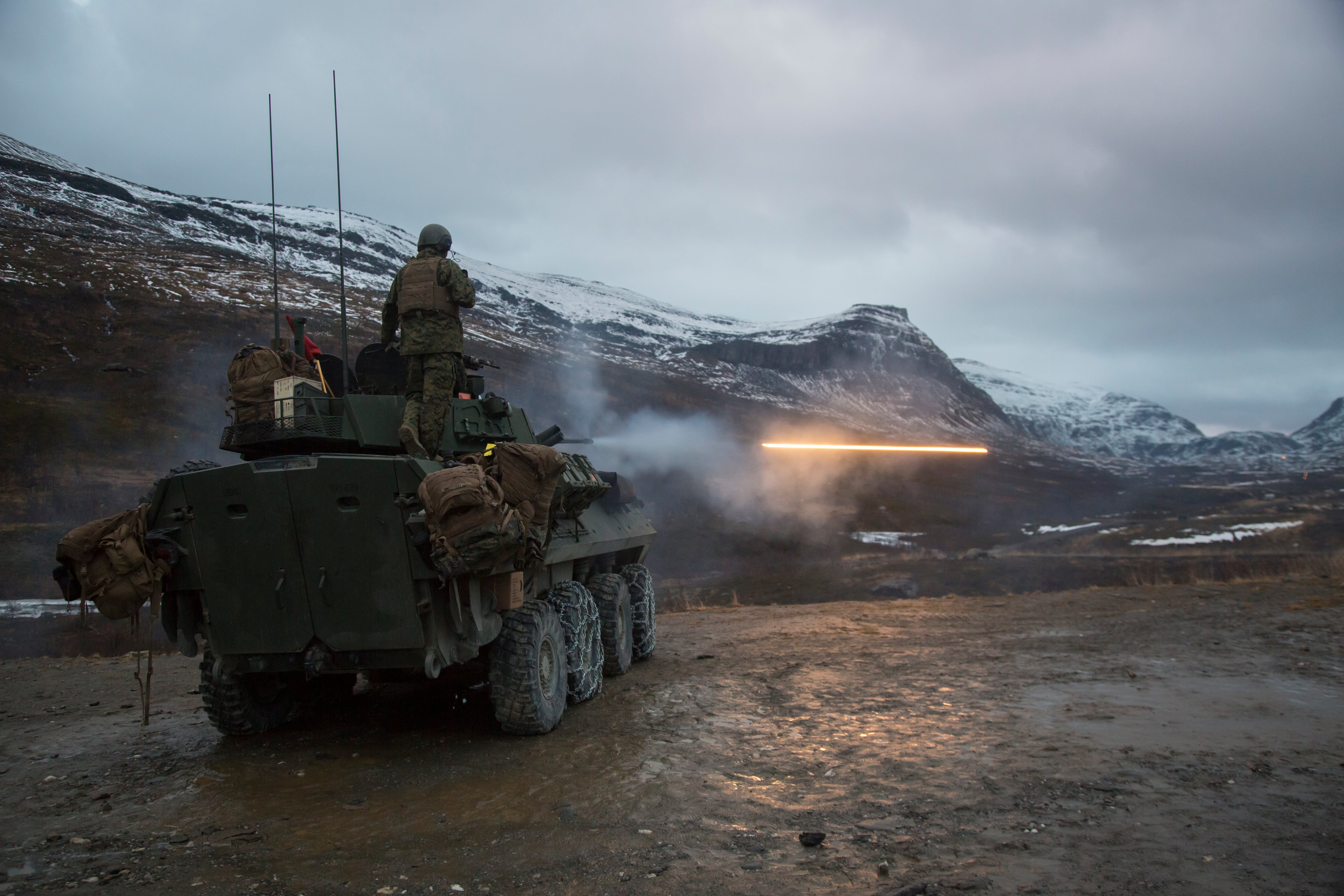The top general for U.S. Northern Command says the U.S. needs to invest in an early warning system for the Arctic similar to the series of radar stations built in 1957 that became known as the Distant Early Warning Line, or DEW line.
“We have to be aware of what is happening in that environment,” Air Force Gen. Terrence John O’Shaughnessy, the commander of U.S. NORTHCOM and North American Aerospace Defense Command, said Saturday at the Halifax International Security Forum.
It’s the latest concern that top military officials have raised about military readiness in the Arctic. Investment there has been limited in recent years despite growing competition for new sea routes and resources in the frozen tundra that is now pushing U.S. defense planners to revamp training, equipment and infrastructure to confront the rising challenge.
Getting American troops to the fight in the Arctic is a complicated mission as the frigid environment complicates tasks that would be simpler in other geographic locations or commands, O’Shaughnessy said.
The U.S. military has the capability to rapidly deploy American forces and equipment all over the globe, but “that’s different in the Arctic, it’s very difficult,” O’Shaughnessy said. The U.S. military needs to innovate and address training gaps to operate effectively in the Arctic, he said.
The U.S. appears to lag behind rivals like Russia, which has deployed thousands of troops to the Arctic for exercises — and according to a Reuters story is expected to field 13 polar icebreakers by 2035. Russia launched its first nuclear-powered icebreaker in May.
The U.S. has only one working heavy icebreaker dubbed the Polar Star, with several more in the pipeline. The Coast Guard — which commands the ice breaking mission — awarded a $745 million contract to VT Halter Marine for design and construction of the next icebreaker.
But it’s not just ships that the U.S. military needs to confront rising national security challenges in the Arctic. Stuck in the Middle East for the last 20 years, the U.S. military is in the process of revamping training and equipment to handle the harsh frigid environment of the Arctic.
“You can’t just take people, and aircraft, and ships, and ground troops and all the equipment that that goes with that and deploy it to the Arctic and expect to be successful if you haven’t trained there, if you don’t have the right kit, the right gear. It’s such a harsh environment," O’Shaughnessy said at the Halifax forum.

The NORTHCOM commander explained to audience members in Halifax, Nova Scotia, that the U.S. was looking at investing in infrastructure, training and new kit to prepare American troops for operations in the Arctic.
“We’ve done this before,” he said. But in the Arctic “simple things become hard.” Communications and navigation become complicated. Above 65 degrees parallel north in the Arctic, satellite communications doesn’t always reach, O’Shaughnessy said.
There needs to be innovation to address these concerns, he said.
The U.S. military has undertaken a number of training exercises and has expanded rotations of troops through cold-weather training over the last several years. In fall 2018, the Marine Corps deployed 700 Marines to Norway for training in extreme cold weather environments.
The Marine Corps and Navy also participated in NATO’s largest exercise in decades in Norway in late 2018, dubbed Trident Juncture. American amphibious ships were exposed to and trained in the frigid waters of the North Atlantic.
The amphibious dock landing ship Gunston Hall was slightly damaged and several sailors were injured off the coast of Iceland during the exercise due to heavy seas.
The U.S. military is honing lessons learned as they jump back into the Arctic game. The Corps has already started fielding new cold-weather gear and kit.
The Corps is also potentially eyeing Alaska as part of a new Unit Deployment Program akin to the nearly six month rotations Marine units do in Okinawa, Japan.
Shawn Snow is the senior reporter for Marine Corps Times and a Marine Corps veteran.
